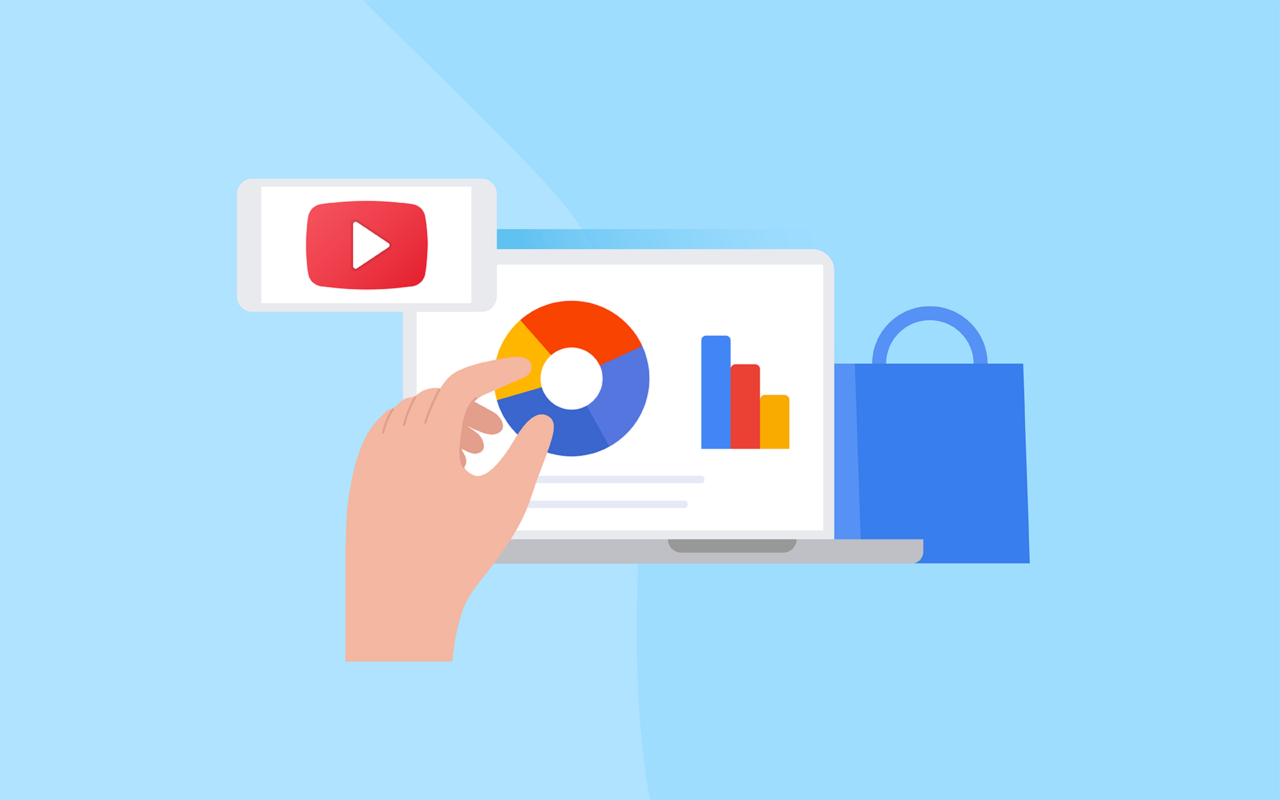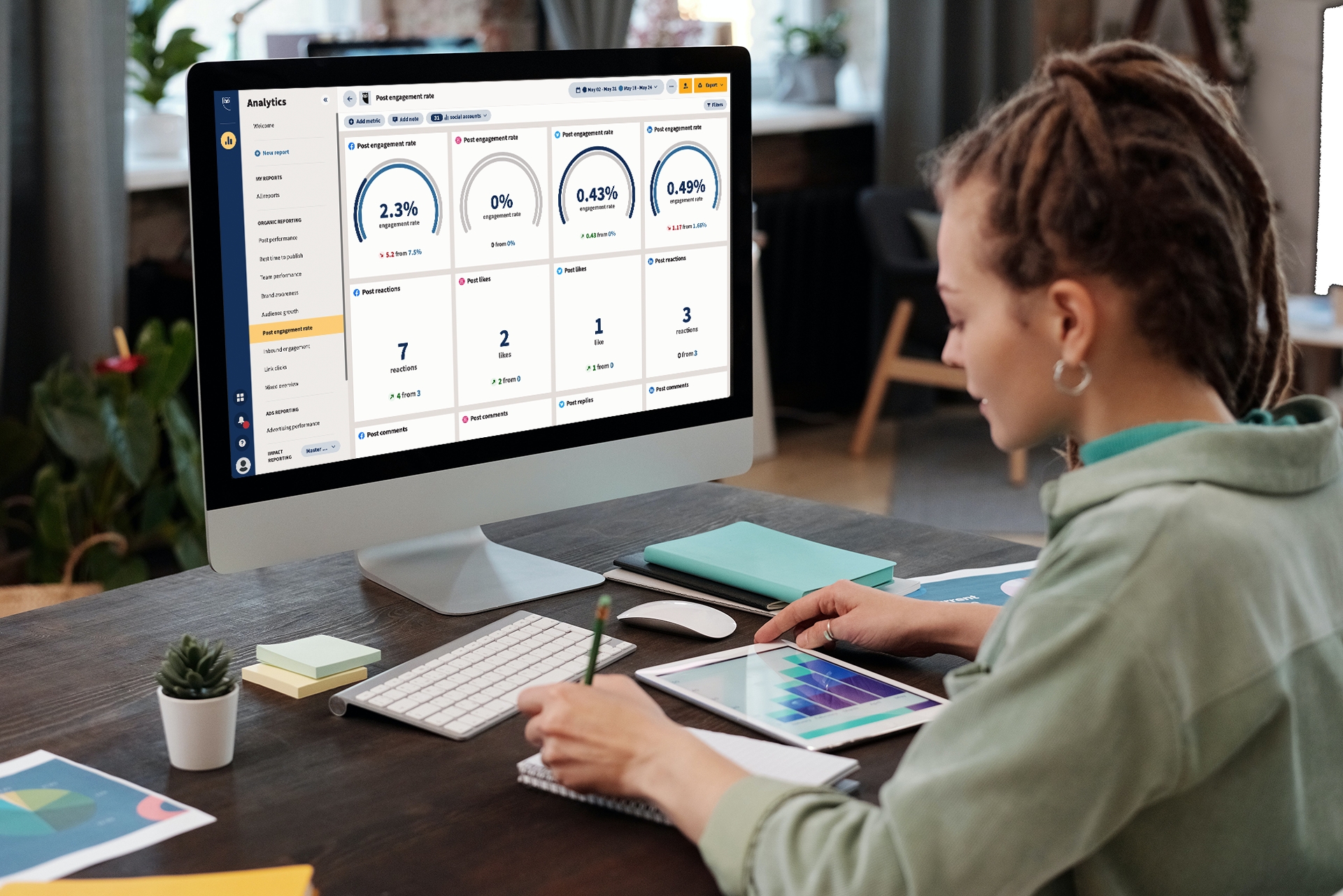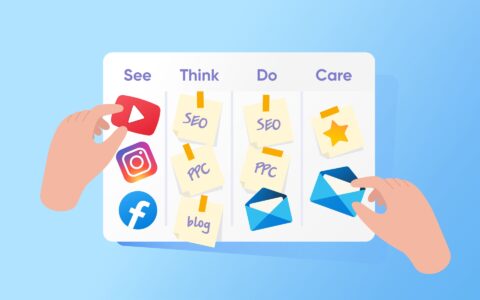Companies engage in market research to smartly strategize and effectively promote their products.
In the fast-paced world of digital marketing, staying ahead of the competition requires a deep understanding of your target audience. That's why companies use market research to make good decisions about how to promote their products.
Today, we'll talk about the power of market research in data-driven digital marketing. We'll also learn how market research can help make even better campaigns and understand our audience better.

Leveraging the Power of Market Research
Using the power of market research is key for any digital marketing strategy aiming to stay one step ahead of the competition. With the spread of digital platforms and available data, market research is more important than ever. This will help you gain insight into target audiences, understand trends, and learn from industry competitors. You can even use cURL with an authorization header to access necessary data and perform API requests efficiently.
So, there are two main types of market research: primary and secondary research.
Primary Market Research
Primary market research means collecting new and special information directly from the source. We can do this differently, like asking questions, talking in groups, or watching people. These methods can be put into two groups: quantitative and qualitative research.
- Quantitative Research: Measures attitudes, opinions, and behaviors using numerical data. This is done through surveys, questionnaires, and statistical analysis.
- Qualitative Research: Analyses non-numerical data like opinions, attitudes, and behaviors. This type of research involves focus groups, in-depth interviews, and observations. This can help gain insights into consumer motivations, beliefs, and values.
Secondary Market Research
Secondary research means collecting information from existing sources. We can find this information in documents and reports. Statistics from different sources like public departments, trade unions, or market surveys can also give us an in-depth understanding.
Secondary market research can be divided into external and internal research.
- Internal Research: Involves analyzing data collected within an organization, such as sales reports, customer feedback, and website analytics.
- External Research: Involves analyzing data collected by external sources, such as industry reports, government publications, and market research reports.

Using Customer Data for Ad Targeting
To make ads that really connect with people, we need to know our target audience better. Companies can do this by looking at different types of information, like age, gender, what they look at online, and what they've bought before. This can help make ads that really speak to certain people.
Tip: Hire a marketing automation agency to analyze your audience data and tailor your campaigns effectively.
To gain a deep understanding of the target audience, it is crucial to gain insights from both primary market research and secondary sources. That includes both social media analytics and market research groups. This allows them to reach a wide view of the individuals they are attempting to reach.
Market research facilities also play a crucial role in data-driven digital marketing. By collecting information from customers, market research facilities can help organizations better understand the needs and selections of their target audiences. This data can be further analyzed and used to create more customized and effective digital advertising campaigns.
The benefits of targeted advertising include the following:
- Improved Engagement with Customers: Utilizing quantitative research and data analysis methods can help businesses create ads that will capture the attention of their target audience. This can lead to higher engagement and customer satisfaction.
- Better ROI on Marketing Spend: By using the power of market research and the collective knowledge of leading market research firms, businesses can optimize their marketing expenses and experience a substantial boost in ROI.
- Enhanced Brand Loyalty: It is also best for businesses to identify unique selling offers through competitor research and competitive analysis. This helps them tailor their ads to create a strong emotional connection with customers, leading to increased brand loyalty.

Understanding Consumer Behavior Using Surveys
Surveys are an essential tool for understanding consumer preferences and behavior. They can provide plenty of information about customer needs, motivations, and pain points. These surveys can be used to inform digital marketing strategies.
Consumer behavior and feedback are valuable for digital marketing success, as it enables businesses to:
- Identify Improvement Areas: Gathering customer feedback helps businesses refine products, services, and marketing messages to better serve their target audience.
- Discover Market Opportunities: Surveys can uncover market segments, emerging trends, or shifts in consumer preferences that businesses can use to gain a competitive edge.
- Test New Products: Gathering customer opinions on new products or features validates ideas and refines offerings before launch, increasing the possibility of success.
Businesses can use market research to gain valuable insights into their customer base, such as ratings, rankings, and usage statistics. These figures can be studied to uncover patterns and trends that could be used to create effective strategies by using data analysis.
Analyzing Social Media and Online Search
Market research is valuable for online search and social media trend analysis. By analyzing search and social media data, businesses can gain insights into what their target audience is searching for, what topics are trending, and what content is being shared.
This information can be used to optimize website content and social media posts to better reach and engage the target audience. Some data-driven marketing tools and techniques for trend analysis include:
- Google Trends: A tool that allows businesses to track the popularity of specific search terms and topics over time. This can help them identify emerging trends and capitalize on new market opportunities.
- Social Media Monitoring Tools: Enables businesses to monitor social media activity related to their brand, competitors, and industry. This can provide insights that can help them course correct or change their marketing strategies.
- Keyword Research Tools: Businesses can easily identify high-traffic keywords, discover long-tail keyword opportunities, and understand the competitive landscape of search engine results pages (SERPs) using this tool.
Market research can also help businesses stay ahead of the competition by providing insights into emerging trends and market opportunities. By identifying trends early, businesses can adapt their data-driven marketing strategies to take advantage of new opportunities. This helps them gain a competitive edge.

Utilizing B2B Market Research to Inform Digital Marketing Campaigns
In the competitive world of B2B marketing, businesses need to stand out from the rest of their competitors. This can be done by creating data-driven campaigns that resonate with their target audience. One way to achieve this is by using B2B market research to develop data driven B2B marketing strategies that cater to the unique needs of professional buyers.
B2B market research aims to:
- Collect and analyze data about businesses and their decision-makers.
- A better understanding of the preferences, pain points, and purchasing behavior of businesses.
- The insights gained from B2B market research can help companies create targeted marketing campaigns that appeal to their professional audience.
- Effective B2B marketing campaigns lead to higher conversion rates and stronger customer relationships.
The Impact of Data-Driven Digital Marketing: Case Studies
Data-driven digital marketing has become a game-changer for businesses across different industries. These examples will highlight how data-driven marketing can be applied to create more effective marketing strategies and better understand customer needs.
Netflix
Netflix is an excellent example of a company that uses data to inform its digital marketing strategies. The streaming service company uses viewing behavior from user’s data to:
- Personalize Recommendations: With its ability to analyze user preferences and viewing history, Netflix customizes content individual tastes thereby enhancing the user experience and increasing engagement.
- Develop New Content: By identifying trends and preferences among its viewers, Netflix invests in creating new shows and movies that cater to audience demands, ensuring a steady stream of high-quality content.
- Optimize Marketing Campaigns: Using data analysis and insights from market research, Netflix develops targeted marketing campaigns that resonate with specific audience segments. This approach helps maximize the impact of their marketing efforts and drive subscriptions.
When Netflix released "Stranger Things," it used data to target audiences likely to be interested in the show based on their viewing habits. This data-driven approach contributed to the show's immense success. This is a dynamic example of harnessing the power of market research and data to develop informed marketing campaigns.

Walmart
Walmart also harnesses the power of data to enhance its digital marketing strategies. The retail giant uses customer purchase data to:
- Personalize Email Marketing Campaigns: By analyzing customer purchase history and preferences, Walmart sends personalized email promotions and offers that cater to individual customers' interests. This increases customer engagement and conversions.
- Offer Tailored Promotions: Walmart uses data to create targeted promotions and discounts, encouraging customers to make repeat purchases and driving sales.
Walmart's data-driven marketing has proven successful in boosting customer engagement and driving sales. The company's ability to leverage data and work with market research firms and market research companies highlights the value of data-driven digital marketing and the power of market research in driving business success.
Final Thoughts
Utilizing market research is essential for crafting valuable digital marketing campaigns. With data-driven insights, companies can enable deeper connections with their customer base, pinpoint trends, and design strategies that connect with them.
Harnessing the potential of market research presents many advantages for business growth. Through surveys, analyzing online search habits, and social media trends, organizations have access to valuable information that allows them to better understand their audience and create effective marketing initiatives.











